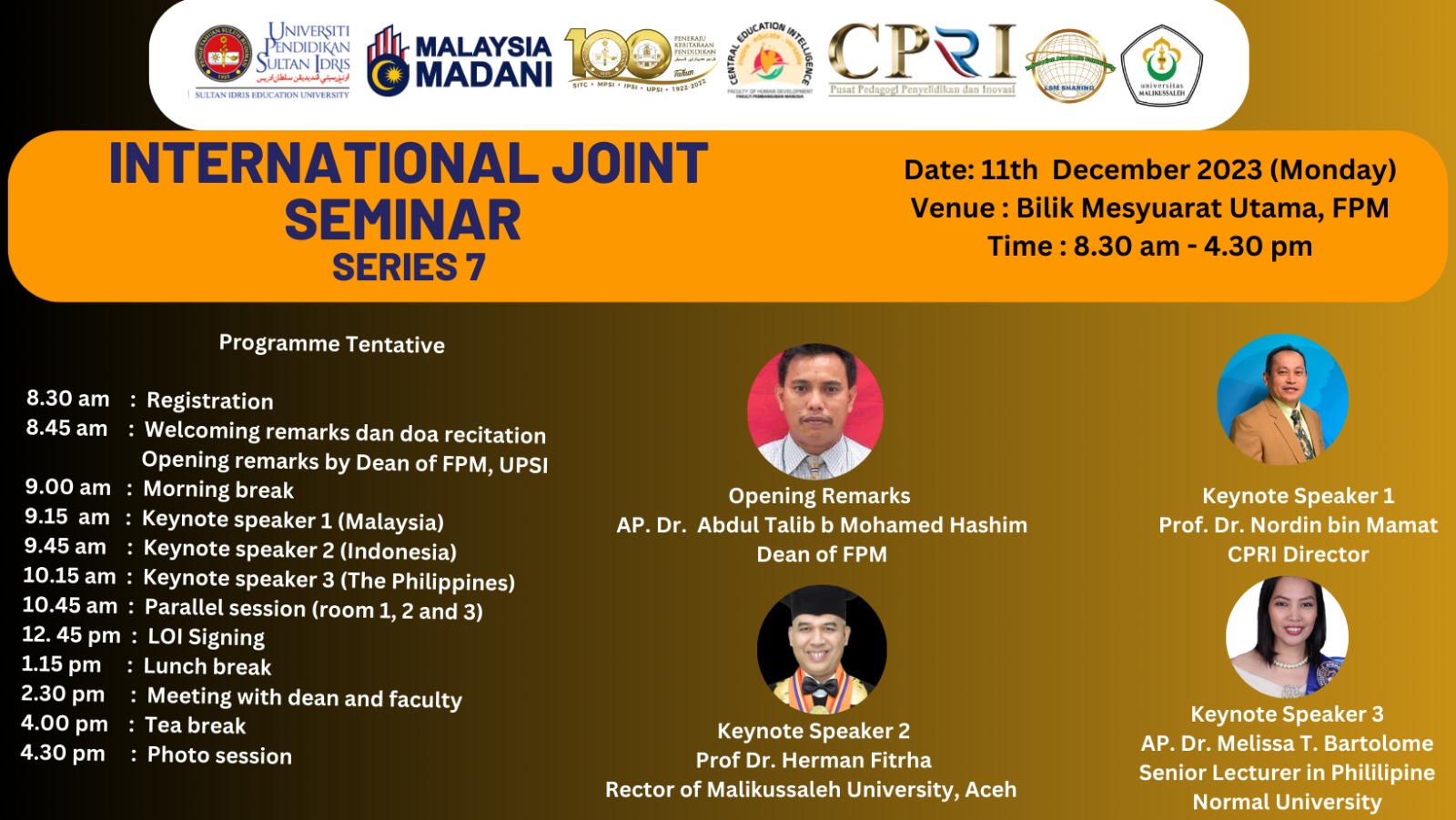Isolation and Characterization of Endophyte Microbes, and Phytochemical Testing of The Rhizomes of The Squirrel’s Head Fern (Drynaria Quercifolia J. Sm)
Keywords:
Isolation and Identification, Phytochemical Tests, Squirrel’s Head FernAbstract
The rhizomes of the Squirrel’s Head Fern are utilised as traditional medicine in various regions due to their perceived medicinal properties, akin to other herbs. Coevolution with endophytic microbes has rendered this compound with antimicrobial, anti-inflammatory, and anti-diabetic attributes. This study aims to isolate and characterise endophytic microbes, as well as screen the phytochemicals present in the rhizomes of the Squirrel’s Head Fern. The research methodology encompassed three stages: isolation, macroscopic and microscopic characterization of the isolates, and analysis of their biochemical properties. The final stage involved phytochemical screening. Macroscopically, parameters such as colony shape, surface size, edges, and colour were examined, with a focus on bacteria. For fungal isolates, the carbohydrate fermentation test was conducted. The findings revealed five isolates, comprising three bacterial (MB1 from the genus Streptobacillus, MB2 from the genus Bacillus, and MB4 from the genus Corynebacterium) and two fungal (MJ1 and MJ2 from the genus Aspergillus) isolates. Phytochemical screening of the extract from the rhizomes of the Squirrel’s Head Fern indicated the presence of flavonoids, phenols, alkaloids, saponins, tannins, and triterpenoids.In conclusion, MB1, MB2, and MB4 belong to the genera Streptobacillus, Bacillus, and Corynebacterium, respectively, while MJ1 and MJ2 belong to the genus Aspergillus. Further research is recommended to assess the antimicrobial activity of the isolates.


